
Warning – if you don’t like people being particular about small things etc, don’t read this. Just look at the pictures and wait for the next post or something.
Like all other stationery enthusiasts, at this time of the year its typical to reflect on what has worked and what has not worked with the planner used for the previous year and what are the options for planners in the upcoming calendar year.
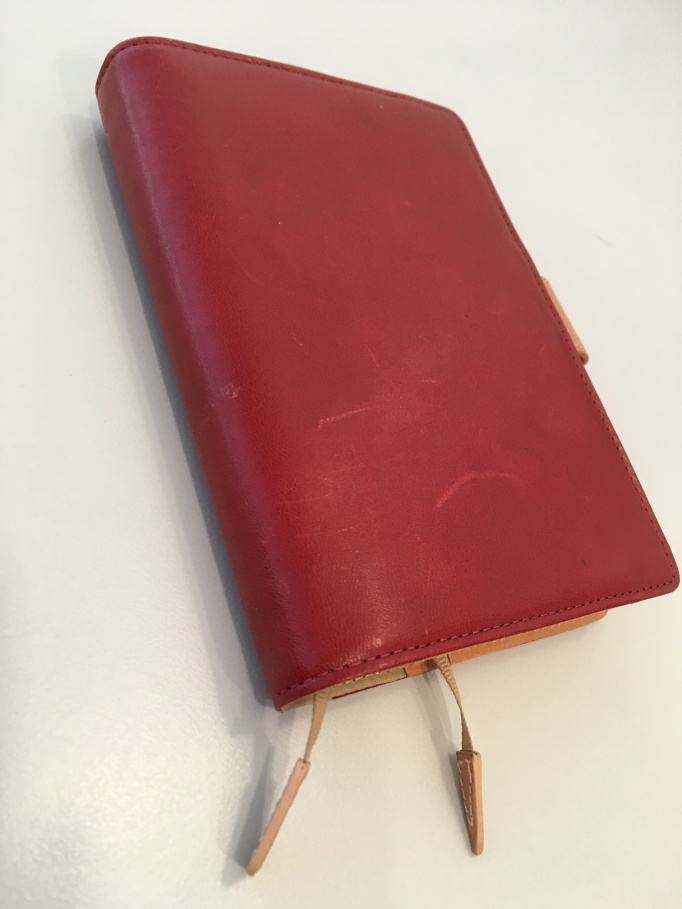
I have been using the Hobonichi planner for the last 3 years and I love that thing primarily for the paper that is in it – Tomoe River Paper, the paper love of my life. But since my first Hobonichi I have invested in an enormous stack of Tomoe River Paper which I use every day, so whilst having Tomoe River Paper in my planner is ideal, it is no longer essential.

The other thing about the Hobonichi is that it is day to a page, which was previously essential in order to track daily operational targets, however, this has now be digitalised (the sacrilege!) by using Google sheets. The reason we have done this is so that other managers within the business can also understand how we are tracking on daily operational targets, not just me. So with this happening and a shift in workflow, where I track weekly targets as well as daily tasks, a week to an opening was much more preferable to the current day to a page layout.
Knowing that I was not going to be ordering a direct replacement Hobonichi, I decided to have a good think about what I wanted from a planner.
- Good paper (Tomoe preferable but Rhodia is ok)
- ~A5 size (definitely no bigger, but smaller is acceptable)
- Week to an opening
- Ability to track meetings chronologically – without it taking up too much room
- Ability to have daily task planning space
- Ability to have weekly to do planning space
- Thin so I can tuck it into my daily notebook

Image from Hobonichiplanner.com
I first looked into the Hobonichi Techo weeks planner, which has a week to an opening layout and comes with Tomoe. It has narrower dimensions than A5, however, its not thin enough so that I can tuck it into my daily work notebook to carry around with me. The key thing though, was that I couldn’t organise meetings chronologically, as the daily space in which to write was too narrow. If I really wanted to do that I would need to somehow divide the space up based on time each day and I just knew I wouldn’t do that. So unfortunately, no more Hobonichi for me.
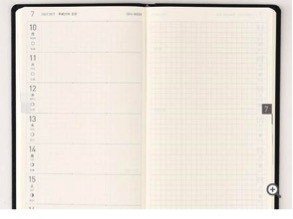
Hobonichi Tech Weeks layout
Image from Hobonichiplanner.com
I then looked at the Rhodia weekly planner, but it came with the same issue as the Hobonichi Weeks which was too fat and not enough room each day.
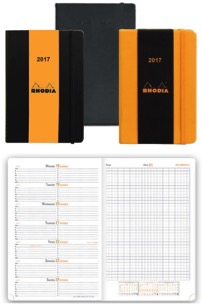
Image from Rhodipads.com
I looked at the Traveler’s Notebook Weekly vertical planner, but hated that because it spread the whole day across the length of the page. I used a Quo Vadis Habana planner that was like that one time and absolutely hated it. Plus there was no space to list to do’s weekly or daily so that was out.
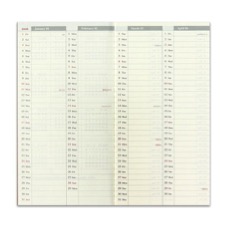
Image from The Journal Shop
Traveler’s Notebook Regular weekly planner
I’ve been using Patrick Ng’s Chronodex system in my Hobonichi’s for the past few years. I don’t use it for what a lot of his fans use it for (which is to view appointments and meetings visually based on time clocks etc), I use it simply for the fact that it allows me to organise my day in a small space. In my Hobonichi I actually stamped a chronodex onto each page to use in organising my day. So I looked into stamping a chronodex onto sheets of Tomoe river paper for use each week. OMG – that was a lot of work – which you would say, isn’t it the same amount of work doing that day to a page compared with week to an opening and the answer is yes, however, the key thing to note is that on day to a page if you stamp it wonky, in one or two days you can flip the page and forget about it. On week to an opening, first its more noticeable because the chronodexes are all out of alignment and secondly, you have to put up with it for a week! I am far too OCD to be able to work under those conditions.
I looked at Patrick Ng’s 2 chronodex options – both are formatted for the regular size Traveler’s notebook. His “original” planner had no room for daily/weekly tasks and the Michael Jecks version looked perfect, except when you printed it out the chronodexes were too small.

“original’ Chronodex planner
Image from Scription.typepad.com

“Michael Jeck’s” Chronodex planner
Image from Scription.typepad.com
So I looked into designing my own based on the Chronodex. I know that there are services available online for you to design your own and get it printed, but I wanted a trial run to see if I would like using week to an opening, before I committed for a full year. Also, most of those options tend to give you thick planners. I looked at getting the chronodexes printed on Tomoe but looking at the Penhabit’s notes on printing Tomoe River Paper, it looks like the paper quality and performance deteriorates when printed and so then it would be a disappointment and a waste. In the end, I ended up using Rhodia because I had 3 A4 pads lying around doing nothing, so it was a good use of currently available resources. This is what I ended up with:

Small daily tasks go on the right of each chronodex and bigger weekly tasks go under “To Do”. I need to manually stamp the dates on but because the paper is dot grid, I can do that neatly without triggering my OCD. I am still trialling this version and will need to print it all out and staple them together, but I have used the trial version for about 3 weeks now and so far to good.
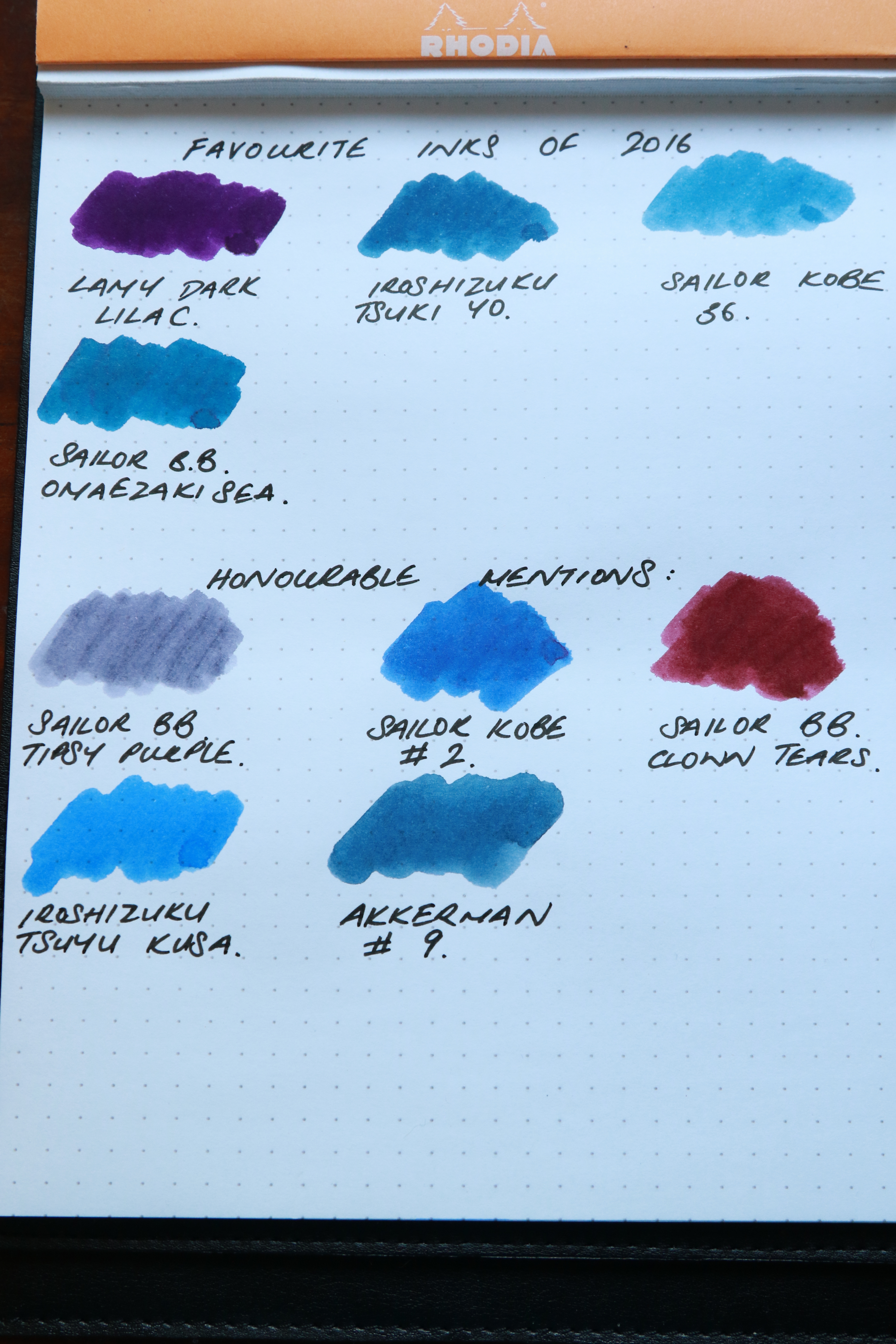

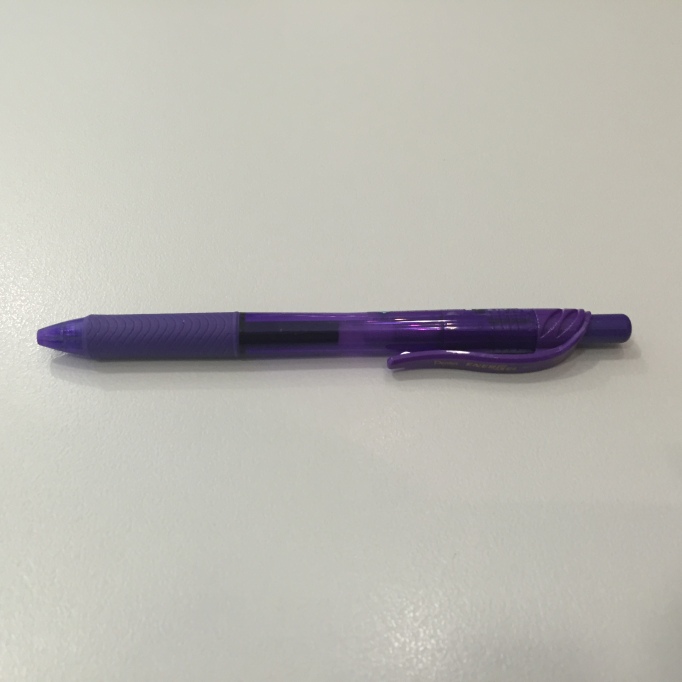
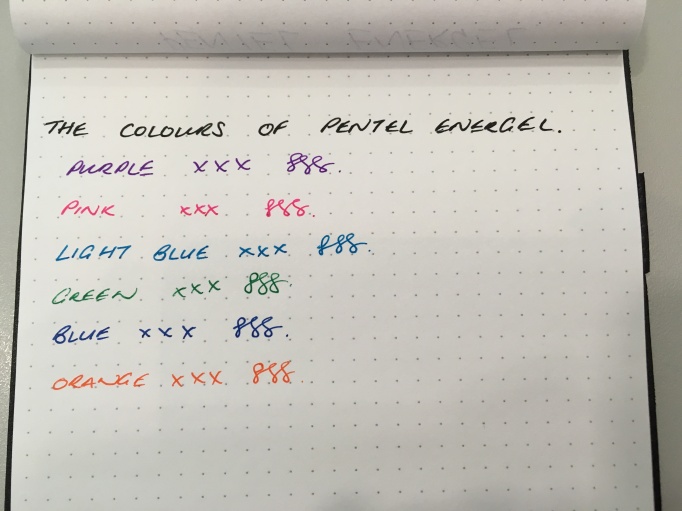

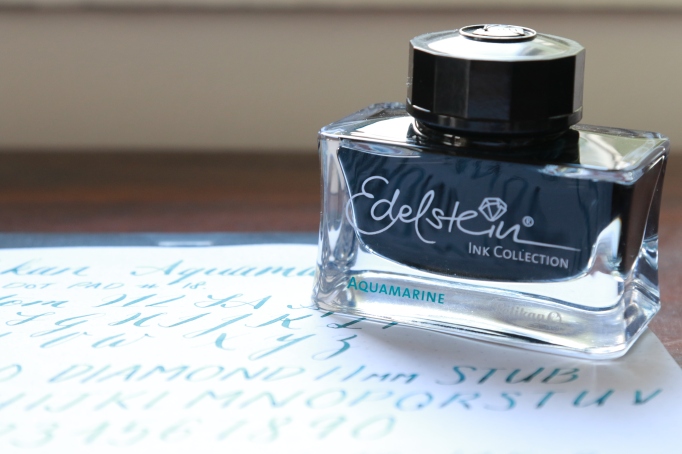
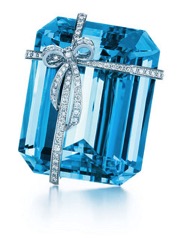
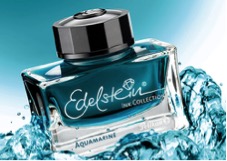
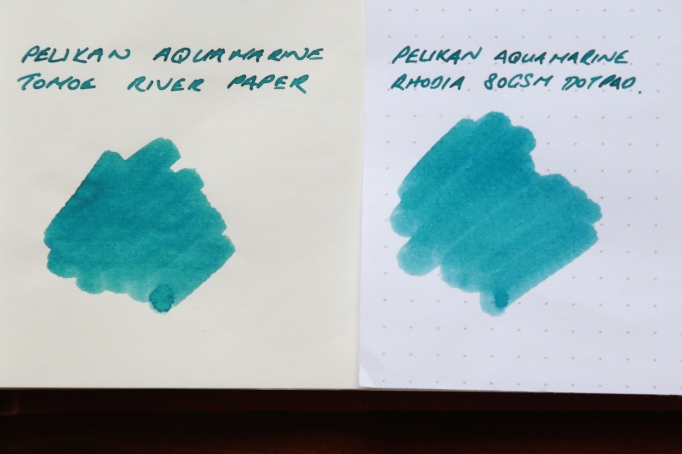
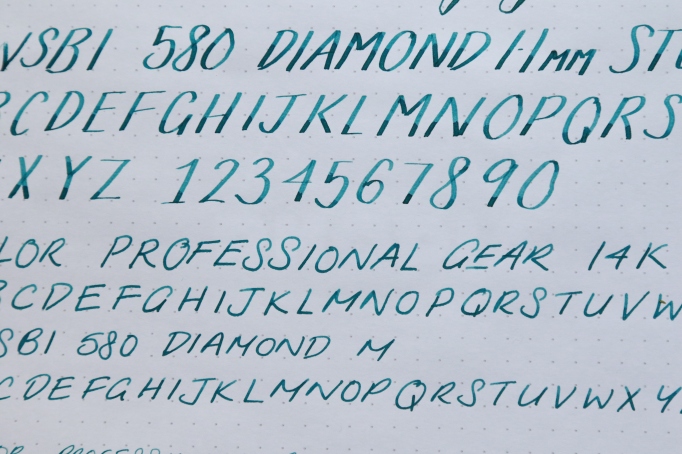
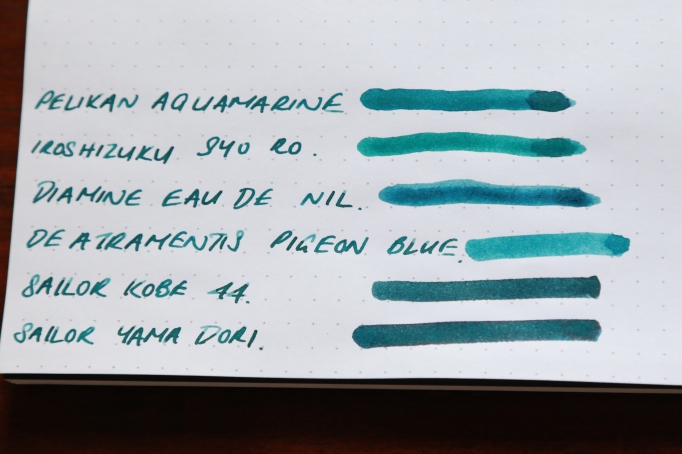
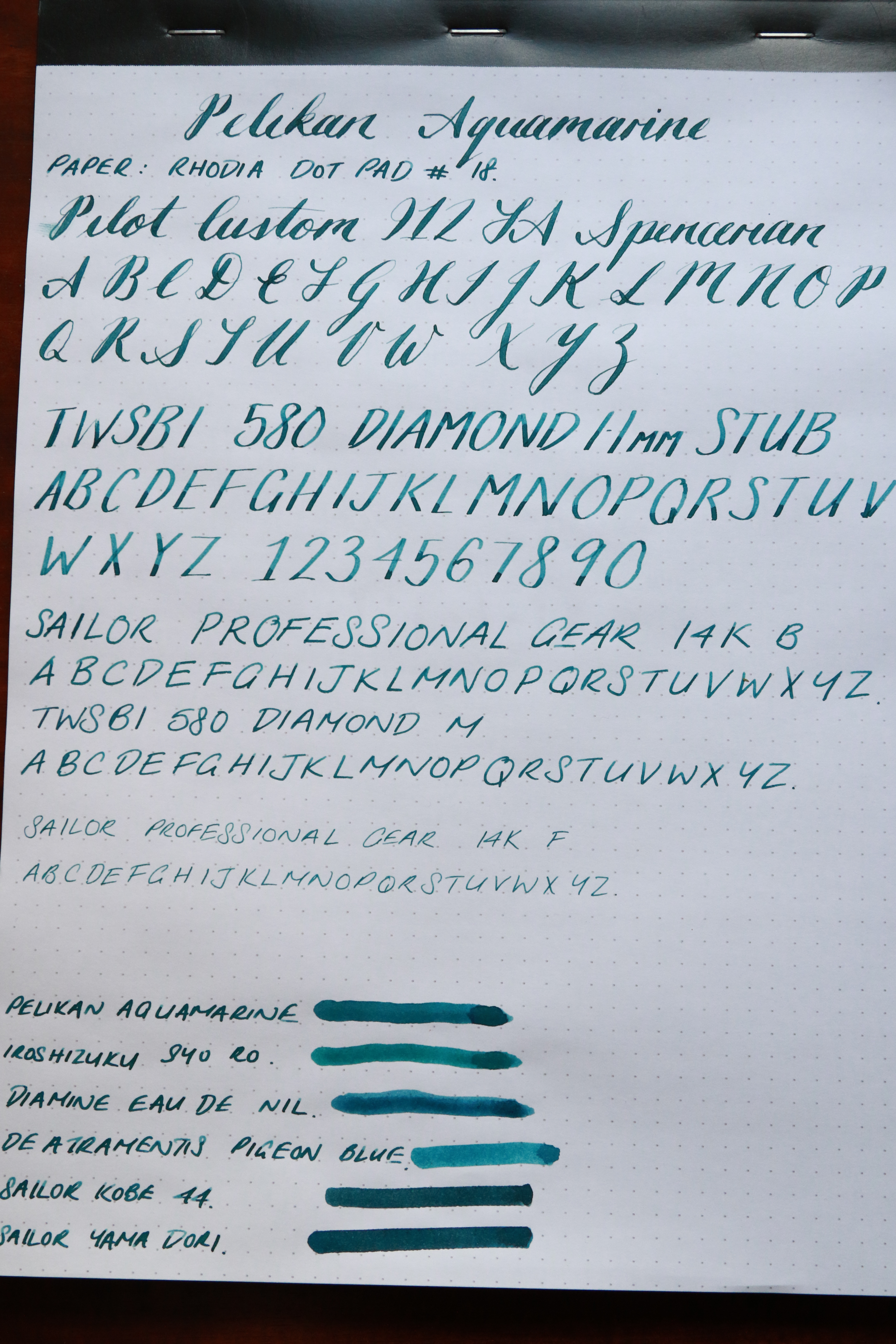










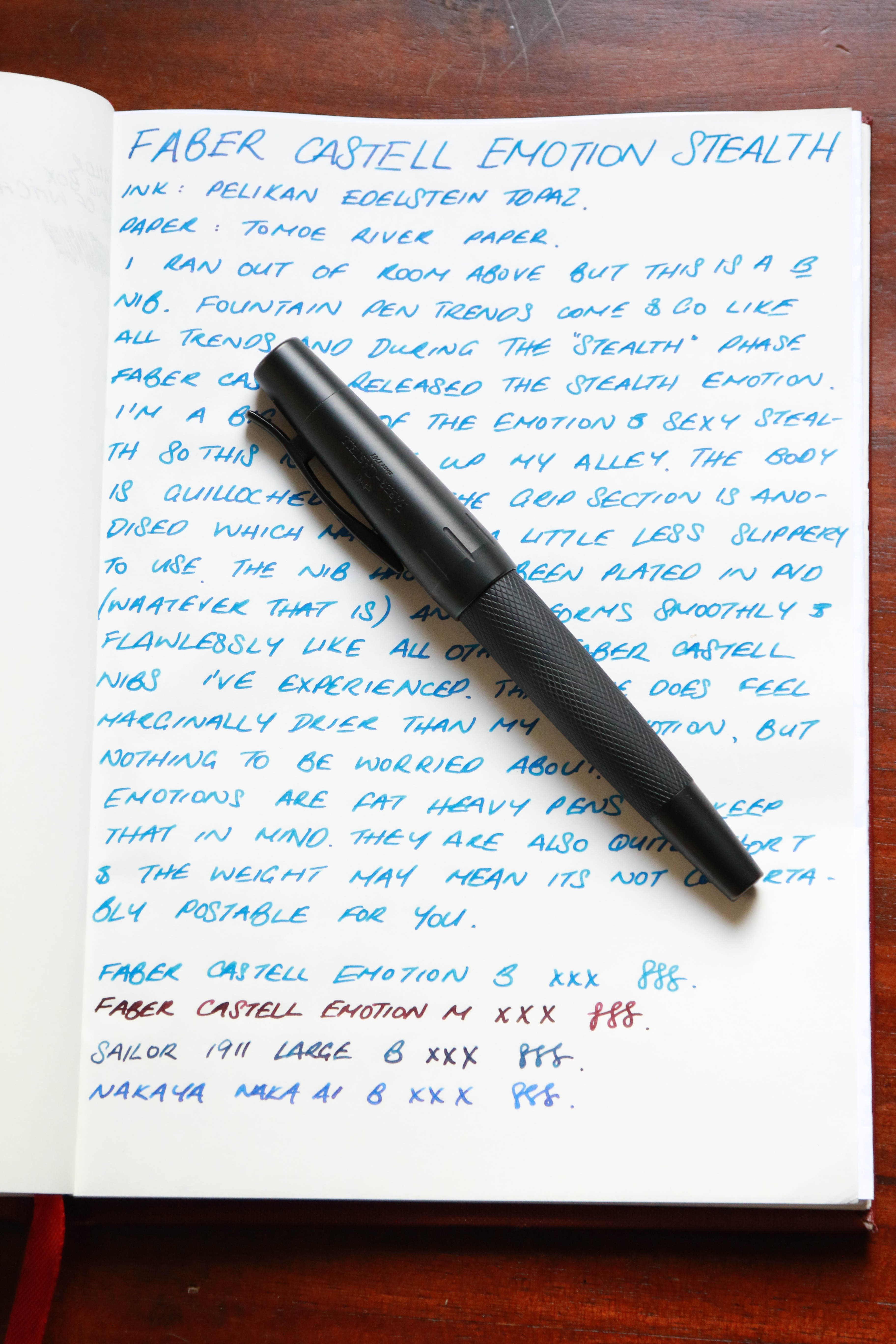
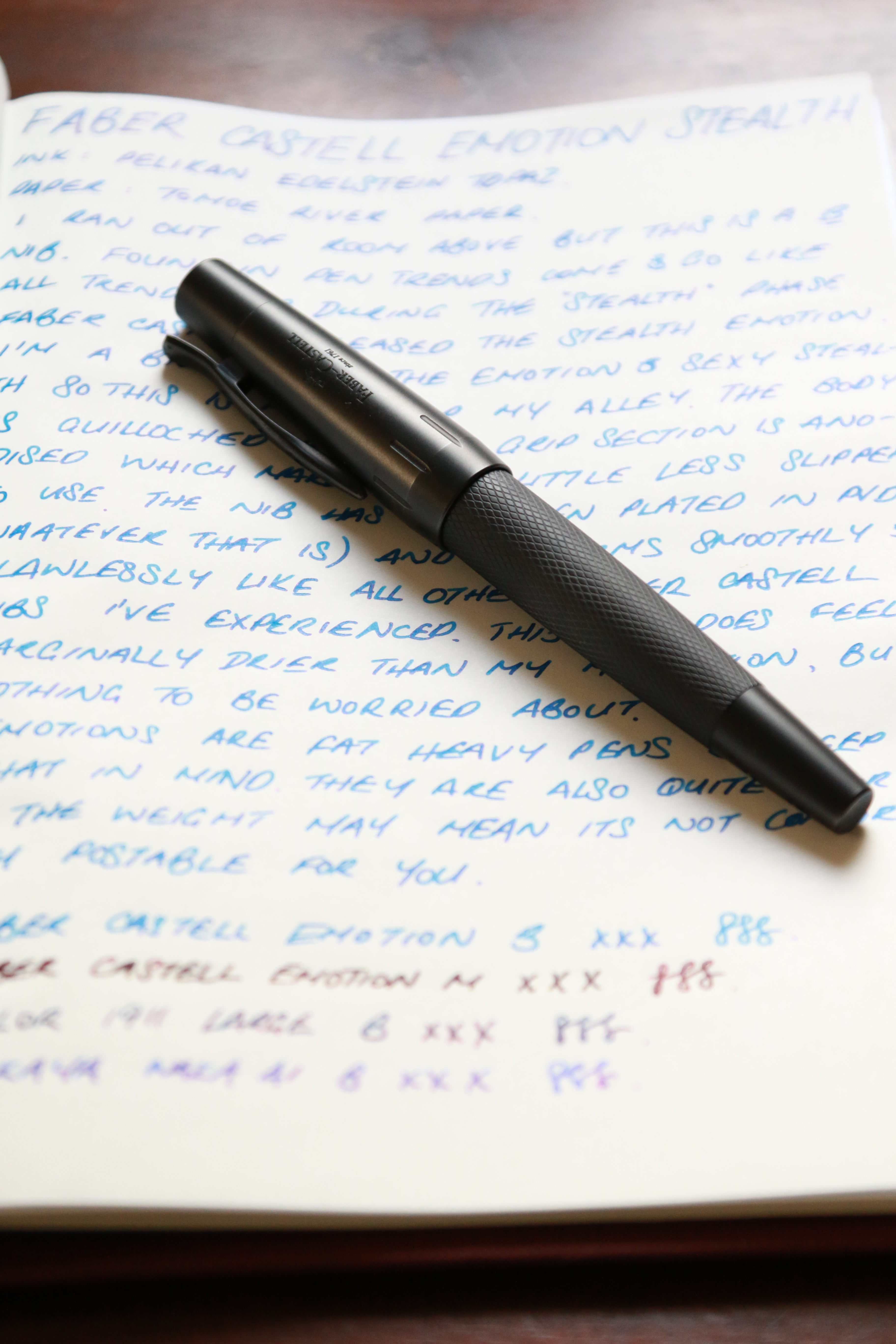
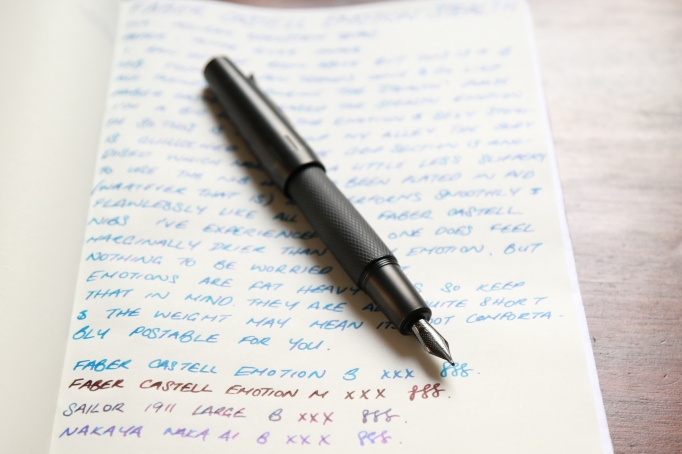
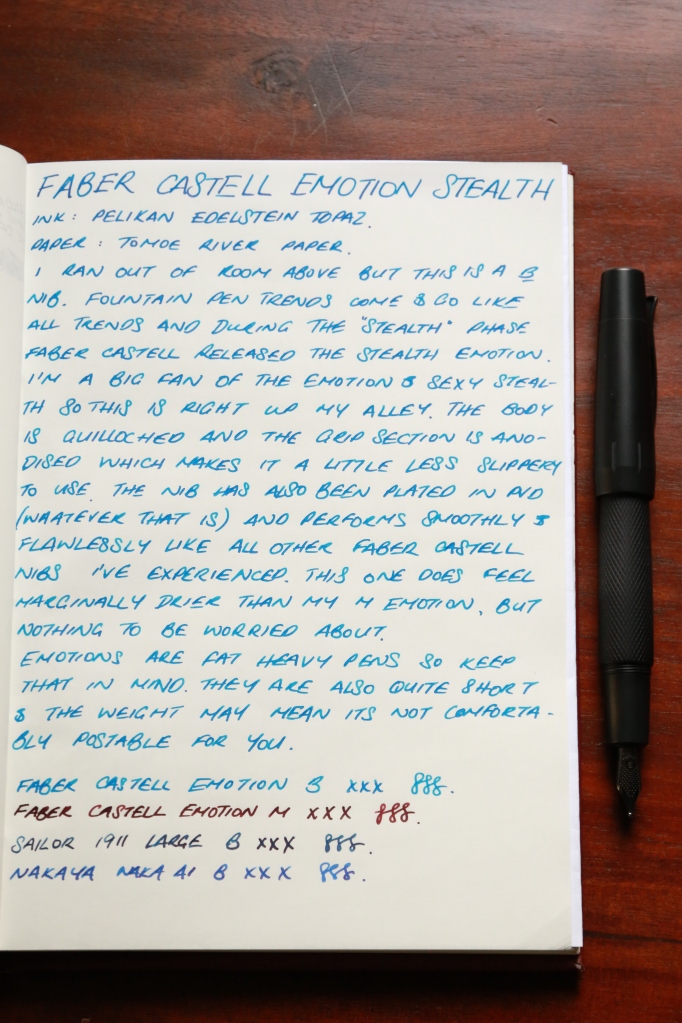
You must be logged in to post a comment.